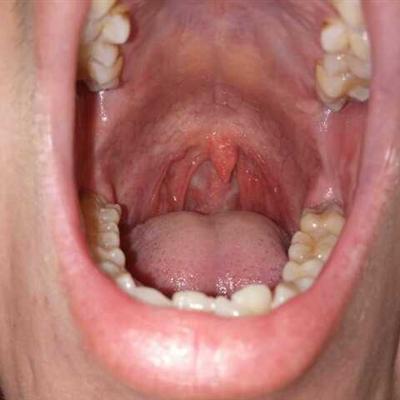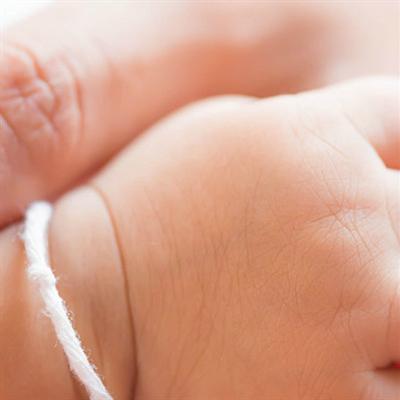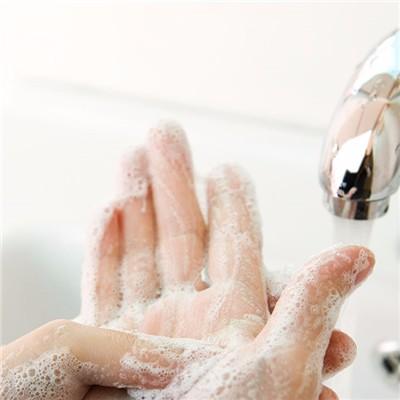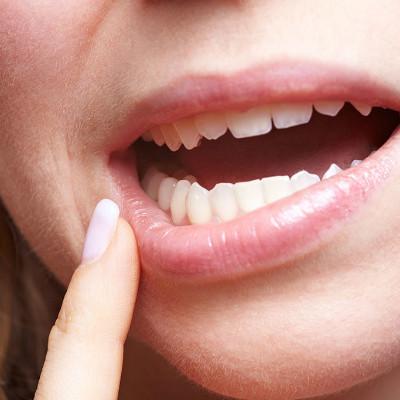How to treat chronic allergic rhinitis
summary
How to treat chronic rhinitis is very good.
How to treat chronic allergic rhinitis
Treatment 1: nasal drip or nasal spray is mainly used in the local application of antihistamines, allergic mediators, corticosteroids, decongestants and other drugs in the nose. It is welcomed by patients because of its rapid and accurate curative effect and simple and convenient use. However, there are many adverse reactions and side effects, which should be adjusted in time.

Treatment 2: desensitization therapy is a kind of immunotherapy, it takes several months to have obvious therapeutic effect, but it can not change the patient's allergic constitution. After treatment, it is repeated due to a large number of contact with allergens or physical decline.

Treatment 3: physical therapy, microwave, laser or radiofrequency therapy, the advantage is the exact effect, less side effects, but there are signs of recurrence, need to repeat treatment. Surgical treatment of nasal septum with excessive deviation, bone spine of nasal septum touching nasal mucosa, hypertrophic turbinate and nasal polyp obstructing nasal breathing, and surgical resection of sphenopalatine nerve, pterygoid nerve, anterior and posterior ethmoidal nerve, etc.

matters needing attention
Warm tips: tree pollen starts in the middle of March, reaches the peak from April to June, and the main sensitized pollen is elm, poplar, willow, etc.; grass pollen starts in late July, reaches the peak from August to September, and the main sensitized pollen is Artemisia, Gramineae, etc. After the allergen is identified, outdoor activities should be reduced as much as possible during this period. If unavoidable, glasses and masks should be worn as much as possible, and shower should be taken in time after going out and going home. If you are indoors, close the windows and use the air conditioner with air cleaning and filtering function.
















